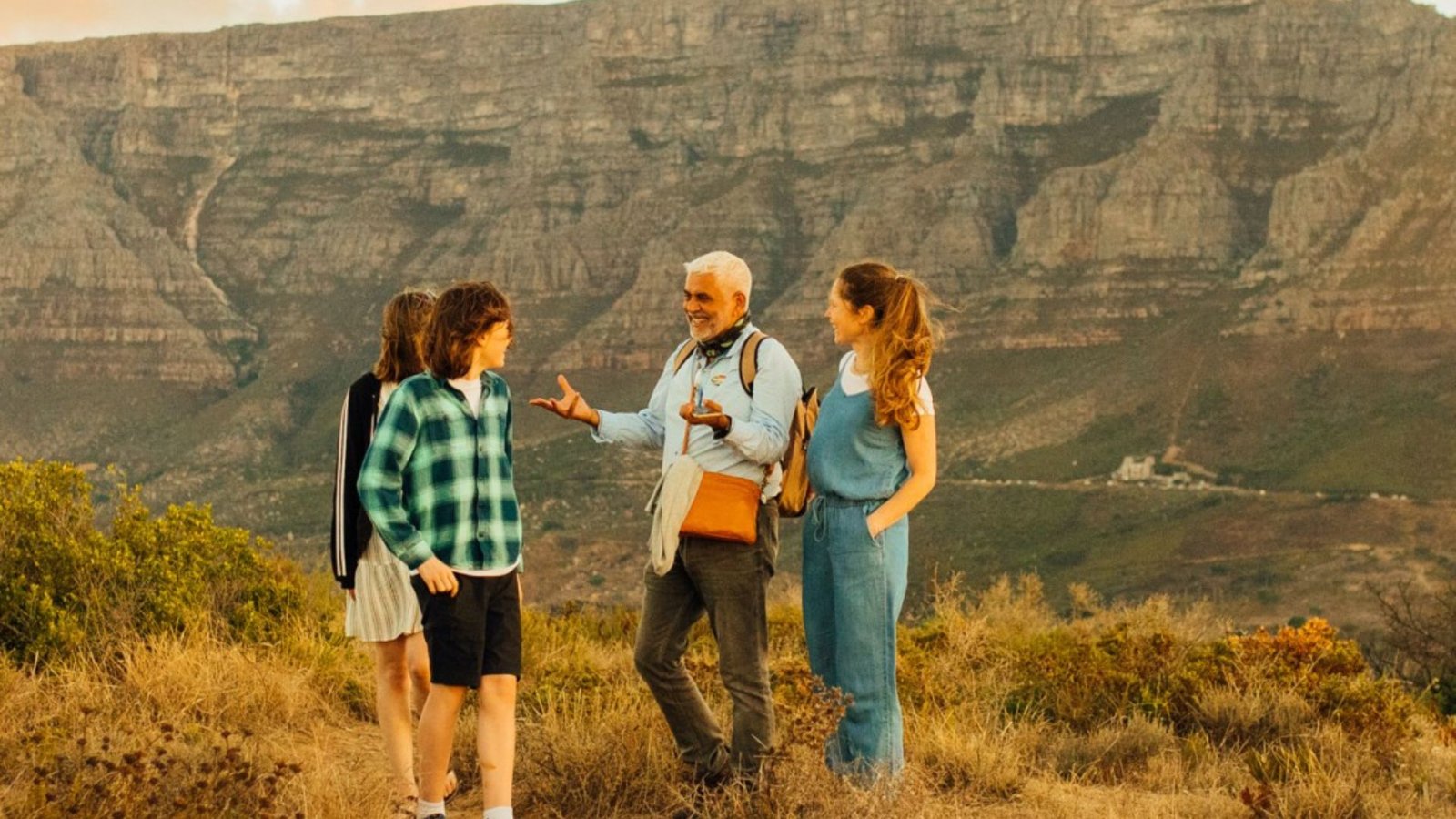Cost Savings with Self-Guided Tours
Self-guided tours are not only about freedom and flexibility but also about saving money while exploring the world on your terms. Compared to traditional guided tours, which often come with higher costs due to included amenities and guided services, self-guided tours allow travelers to control their expenses more effectively. Here are several ways self-guided tours can help you save money while still enjoying enriching travel experiences:

Flexible Accommodation Options
One of the significant cost-saving advantages of self-guided tours is the ability to choose accommodation based on your budget and preferences. From budget-friendly hostels and guesthouses to vacation rentals and campgrounds, self-guided travelers have the flexibility to find accommodations that suit their financial constraints. This flexibility allows you to allocate your travel budget wisely, potentially saving money that can be redirected towards experiences or activities that matter most to you.
Dining on a Budget
Self-guided tours also provide opportunities to save money on dining expenses. Instead of being restricted to set meal plans or expensive restaurant options often included in guided tours, self-guided travelers can explore local markets, street food vendors, and affordable eateries favored by locals. Sampling authentic cuisine at lower prices not only enhances your cultural experience but also allows you to stretch your budget further while enjoying delicious meals.
Transportation Savings
Transportation costs can significantly impact travel expenses, especially in destinations where guided tours include transportation fees. Self-guided travelers can save money by using public transportation, renting bicycles, or even walking to explore nearby attractions. Additionally, planning efficient routes and grouping activities in the same area can minimize travel costs and maximize time spent enjoying the sights and activities you’re most interested in.
Reduced Tourist Fees and Extras
Guided tours often include entrance fees to attractions, guided tours, and other extras that can quickly add up. Self-guided travelers have the flexibility to choose which attractions to visit based on personal interests and budget considerations. Many destinations offer free or low-cost admission to museums, parks, and cultural sites, allowing self-guided travelers to prioritize experiences that align with their budget goals without compromising on cultural immersion or enjoyment.
Maximizing Value: Tailoring Experiences to Your Budget
Self-guided tours empower travelers to maximize the value of their travel budget by customizing experiences according to personal preferences and financial constraints. Unlike guided tours that bundle costs for accommodations, meals, and activities, self-guided travelers have the flexibility to prioritize where they allocate their funds. This approach enables you to indulge in unique experiences that align with your interests while strategically managing expenses. Whether it’s splurging on a special cultural performance or opting for a picnic at a scenic viewpoint, self-guided tours allow for thoughtful spending that enhances the overall quality of your journey without exceeding your budgetary limits.
Long-term Savings and Flexibility
Choosing self-guided tours can also lead to long-term savings and financial flexibility for future travels. By cultivating skills in budget management, accommodation research, and itinerary planning, travelers gain valuable knowledge you can apply to future trips. The ability to navigate destinations independently not only reduces reliance on costly guided tours but also encourages a mindset of resourcefulness and adventure. Investing in self-guided travel experiences today can pave the way for more frequent and fulfilling journeys in the future, where every dollar saved contributes to expanding your horizons and exploring new destinations with confidence and financial prudence.
Conclusion
In conclusion, self-guided tours offer a budget-friendly alternative to traditional guided tours, allowing travelers to save money while enjoying personalized travel experiences. By choosing flexible accommodation options, dining on a budget, minimizing transportation costs, and avoiding unnecessary tourist fees, self-guided travelers can stretch their travel budget further and make the most of their exploration. Embrace the freedom to plan your itinerary, control expenses, and discover destinations on your own terms with self-guided tours, making every travel dollar count towards unforgettable experiences.



















